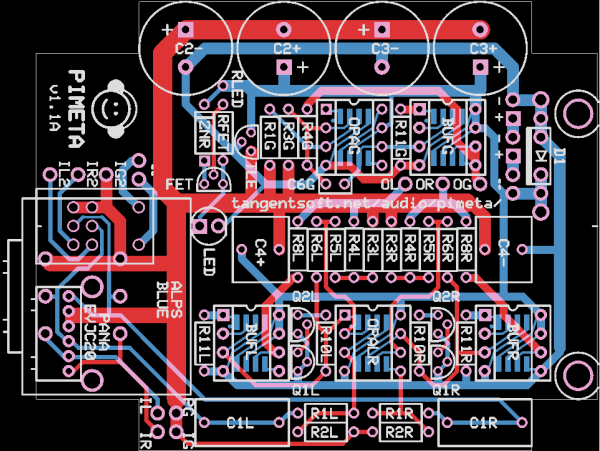rds
Headphoneus Supremus
- Joined
- May 4, 2008
- Posts
- 2,045
- Likes
- 31
I'm planning to build a pimeta with tread that can be optionally powered by usb. When wall powered it will have 24V ac coming in to the tread.
I will be using lmh6321 buffers and ad8610/20 op-amps.
It seems I could bypass the tread and power the pimeta directly with usb as both the lmh6321 and ad8610/20 are rated down to 5V.
Alternatively I go use a dc-dc converter to get 9v or more (and even run it through the tread).
I'd love it if some of our local experts could weigh in on what seems like the better method.
FYI, I will have a bantam DAC in there too. The idea is to have a DAC/amp I can plug directly into my laptop without an adapter if I don't have room to carry one. Also I don't want to deal with batteries, so that's out.
I will be using lmh6321 buffers and ad8610/20 op-amps.
It seems I could bypass the tread and power the pimeta directly with usb as both the lmh6321 and ad8610/20 are rated down to 5V.
Alternatively I go use a dc-dc converter to get 9v or more (and even run it through the tread).
I'd love it if some of our local experts could weigh in on what seems like the better method.
FYI, I will have a bantam DAC in there too. The idea is to have a DAC/amp I can plug directly into my laptop without an adapter if I don't have room to carry one. Also I don't want to deal with batteries, so that's out.



.gif)
